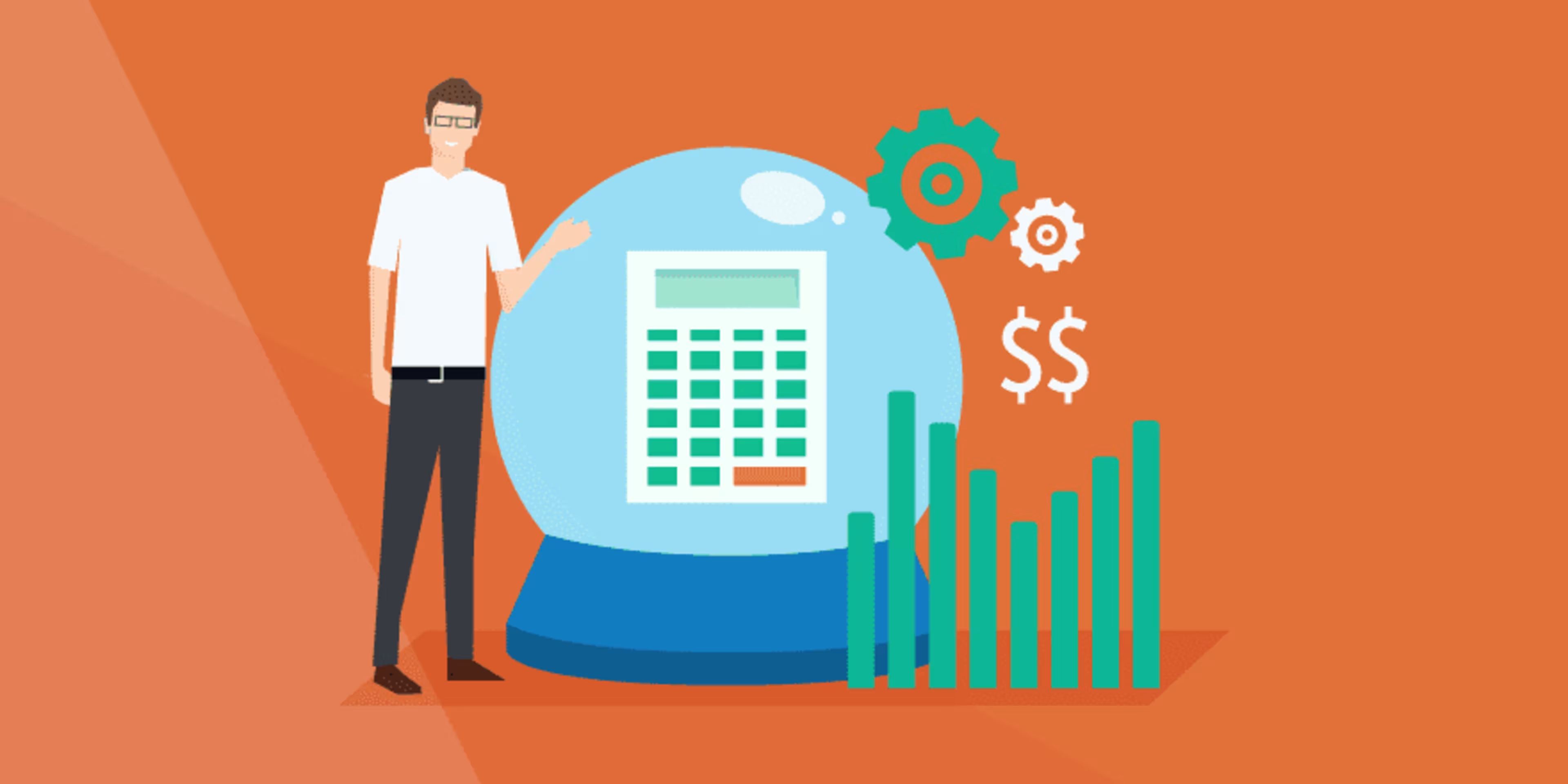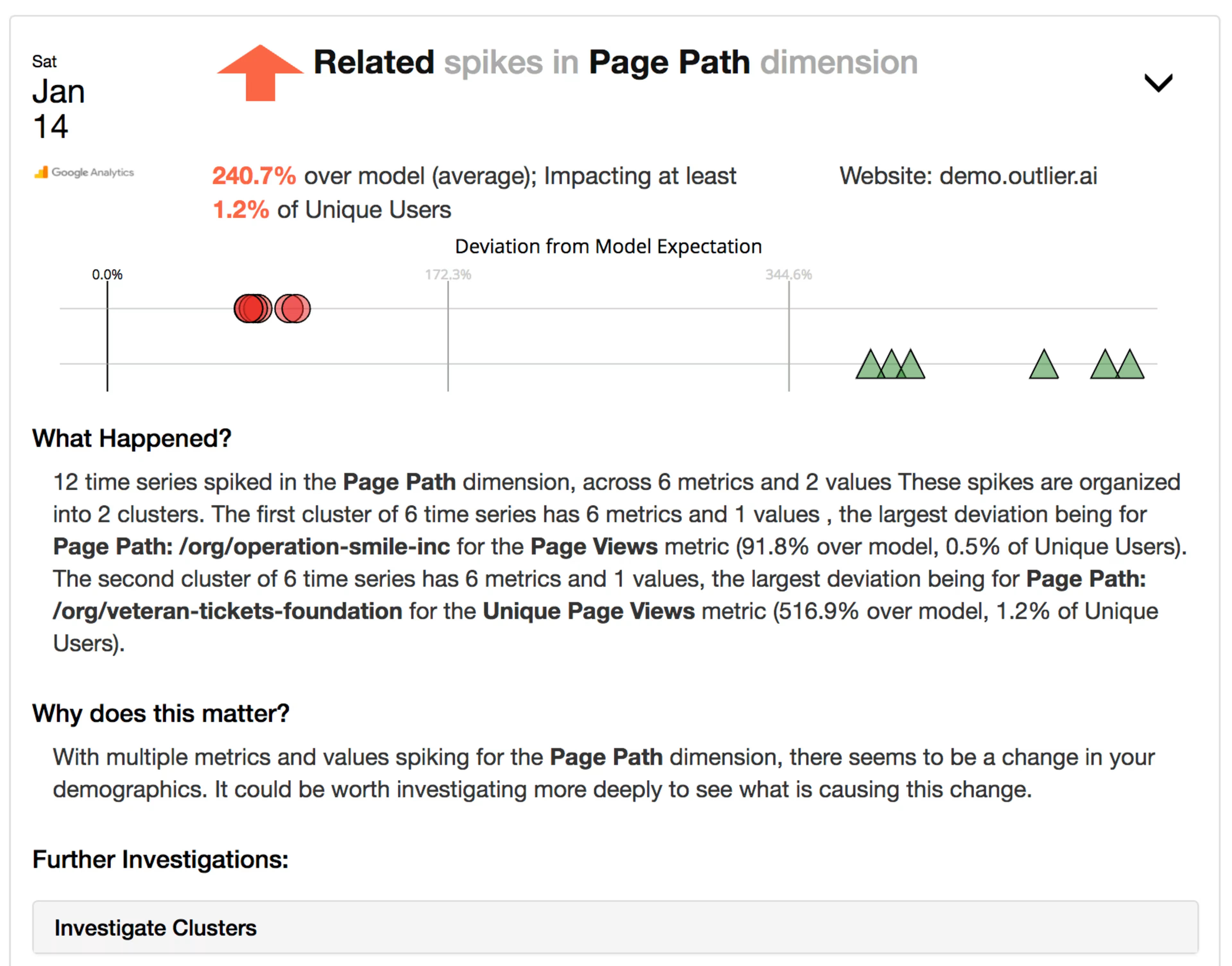Almost half of the nearly 17% of small businesses in North America that don't currently use accounting software plan to adopt it within the next one to two years, according to our 2018 Top Technology Trends survey of more than 700 U.S. small and midsize business (SMB) leaders.
It's a wise decision. The time saved each week by using accounting software at your SMB could save you thousands upon thousands of dollars per year.
And losing time and money isn't the only risk if you skimp on accounting technology; you also risk losing your business.
As of 2015, the leading cause (25%) of business closure reported by entrepreneurs was low sales/cash flow. One of the primary functions of accounting software? Helping business leaders track how much money is coming in and going out, so they can make necessary adjustments to stay afloat.
While basic accounting software (accounts payable and receivable, invoicing, and payroll) can help keep your business afloat, investing in the next generation of accounting software featuring emerging technology can help you leapfrog your competition.
Read on to find out how.

3 features to look for in the future of accounting tech
Whether you're among the small business owners planning to invest in accounting software in the coming years or to upgrade your existing software, it helps to know not only what you're getting, but what's on the horizon.
The future of accounting software will see more seamless, useful integrations, foolproof automation, and revolutionary analytics.
These technological breakthroughs will let SMB leaders not only ensure the financial health of their business but also save time and money and identify areas for growth.
Let's dive into these three areas, and take a closer look at old problems with new solutions thanks to the future of accounting tech.
1. More, and better, accounting integrations
The old problem: There are dozens of integrations available for your accounting software, but they're buggy, and often the one you really need isn't available. Let's say you find the perfect new mobile payment app, only to learn that the integration you need to pull payments directly into your accounting software won't be available for years because the developers aren't on the same page.
The new solution: Established software vendors are working closely with upstart app developers to grow their digital ecosystems.
One of the most important things to consider when selecting accounting software is how it will work with your existing business software (e.g., your CRM for invoicing, project management for budget tracking, and time tracking for payroll).
As we pointed out in our accounting software buyers guide, there are thousands of apps and integrations that can turn your out-of-the-box accounting software into a powerhouse of efficiency and financial management. And while integrations are nothing new, you can expect to see even more seamless integrations in the coming years.
I recently attended QuickBooks Connect in San Jose (Quick Books already integrates with more than 600 other business apps, from PayPal to Google Calendar), and the future for app developers looks bright.
QuickBooks is constantly releasing new tools and resources to make it easier for app developers to build new apps that make the software work better. Just look at Intuit's Developer portal—which even includes a crash course on accounting concepts—where the software giant has rolled out the red carpet for developers to tinker away.

The apps directory in QuickBooks (Source)
Why would a software developer want to encourage smaller developers to piggyback off of their product? Because it benefits everyone. QuickBooks research (as shared by Alex Barnett, leader of the Intuit Developer Group during the developer kickoff at QuickBooks Connect ) shows that each QuickBooks Online user saves about four hours per week by connecting at least one app.
Here's an example. Future Glory—a San Francisco-based handbag company—integrated QuickBooks with Shopify and PayPal to streamline its entire financial system. When Future Glory receives a payment through PayPal, it's instantly logged in QuickBooks without any additional work.
Even five years ago, that same "integration" required several additional steps. "It gives me a level of understanding and data that I've never had before, and it gives me a level of confidence and security that I've never had before," said founder Theresa Lee.
Future Glory uses QuickBooks integrations
Though integrations are already here, the future of accounting software is integrations that work so seamlessly you won't even notice that they're integrations.
2. Accounting automation that is actually automatic
The old problem: You can automate simple accounting processes such as payroll, but with all the upfront work and programming it takes, you may be better off doing it manually anyway.
The new solution: Robotic process automation tracks a human worker performing a basic accounting process such as payroll, then—through AI and machine learning—learns the rules so that it can take over the controls and repeat the process, perpetually.
Automation is great. It's vacuuming our homes and driving our cars, and soon it'll be doing our business accounting.
Now, you might be thinking: "But my accounting software already offers automation for things like error-checking and running payroll each week." And you might be right.
But if you've ever thought, "This automation is great, but it sure took a lot of work to get it running just right," wait until you see robotic process automation.
Robotic Process Automation explained
In a nutshell: Robotic process automation (RPA) observes your virtual actions (your mouse clicks, your data input, your drags and drops) in the background, and then—through artificial intelligence and machine learning—develops processes to replicate what you've done. In short: RPA takes all of the grunt work out of automation.
In the past, accounting automation required a human programmer to spend time writing a program that checks for errors or runs payroll. RPA can watch you perform a basic audit or complete a payroll cycle and then do it for you the next time.
So when can we expect to see RPA making a real impact on the marketplace?
Gartner predicts that by the end of this year (2018), "60% of organizations with more than $1 billion in revenue will have RPA at the pilot or deployment stage, and this rapid adoption is anticipated in organizations of all sizes (full report available to Gartner clients)."
The accounting industry, in particular, is primed to adopt RPA. According to The CPA Journal, "The excitement around RPA is well founded, and the accounting profession is readily embracing this technology."
One example, as outlined in this case study from Kofax Kapok RPA software, is Arrow Electronics, which used RPA to automate their supplier invoicing process.
Don't worry, CPAs: RPAs aren't coming to take your job of preparing complicated tax returns anytime soon. As Maruti TechLabs points out, "Processes that have a traceable pattern and can be taught to a machine via a set of instructions are the typical processes to automate through RPA."
3. More insightful accounting analytics
The old problem: You have tons of accounting data—years, or evens decades, of records of the money flowing in and out of your company—but it's just an impenetrable pile of numbers. You have no idea what insights you should be looking for, or what business actions to take based on that data.
The new solution: Emerging analytics technology will tirelessly parse your data behind the scenes, delivering actionable insights to your desktop, and correlating your financial data with external data extrapolated from the world at large to provide new context.
Analytics in accounting software go back at least a decade, but until recently have only scratched the surface of the meaning behind the numbers. Analytics that predict increased product sales in December because they increased last December aren't particularly insightful.
Your small business accounting software is teeming with data on sales, customers, expenses, payroll, and more. The key to growing your business is hidden somewhere in that data. The catch? Unless you moonlight as a data scientist, you need technology to help you find that key.
That's where emerging data analytics technology comes into play. If your small business is struggling with sifting through too much data, if you've scoured your data and are struggling to find new insights, or if you're finding new data but have no idea what it means, help is on the way.
According to Gartner's Cool Vendors in Analytics, emerging analytics tools like Outlier.ai and Stratifyd are tackling these problems in ways that traditional analytics tools haven't been able to (full report available to Gartner clients).
Stratifyd pulls external data such as weather patterns, reviews data, and socio-economics, and correlates it with your organization's internal financial data to extrapolate valuable new insights.
Say you're a software developer and your accounting department sees a decline in sales over the last quarter, Stratifyd analyzes your review data and finds that customers have been upset with a new feature you introduced just prior to the quarter in question. Stratifyd then delivers a specific red flag that the new feature you rolled out is causing a decrease in sales.

A Stratifyd dashboard pulling in external review data (Source)
Similarly, Outlier.ai can translate oblique numbers into understandable advice using plain English.
In the example below, Outlier.ai explains that a recent spike in landing page traffic could be related to a change in visitor demographics. In this case, Outlier.ai advises to investigate several data clusters in the same way that a metal detector can tell you specifically where to dig instead of digging up your entire backyard.

An Outlier.ai screenshot explaining that a spike in landing page traffic could be related to a change in demographics (Source)
As rich data becomes more and more available to everyone, we're all naturally taking on the role of citizen data scientists. But this emerging technology will take the heavy lifting out of digging through the data, so you can spend your time using the insights it delivers to grow your business.
What else will the future of accounting software bring?
You can count on the future of accounting technology to bring seamless integrations, automation that works behind the scenes, and analytics so deep it'll seem like you hired a full-time data scientist.
But what else is in the pipeline?
Find out, and stay up to date on the latest accounting technology trends by bookmarking Capterra's accounting and finance blog.